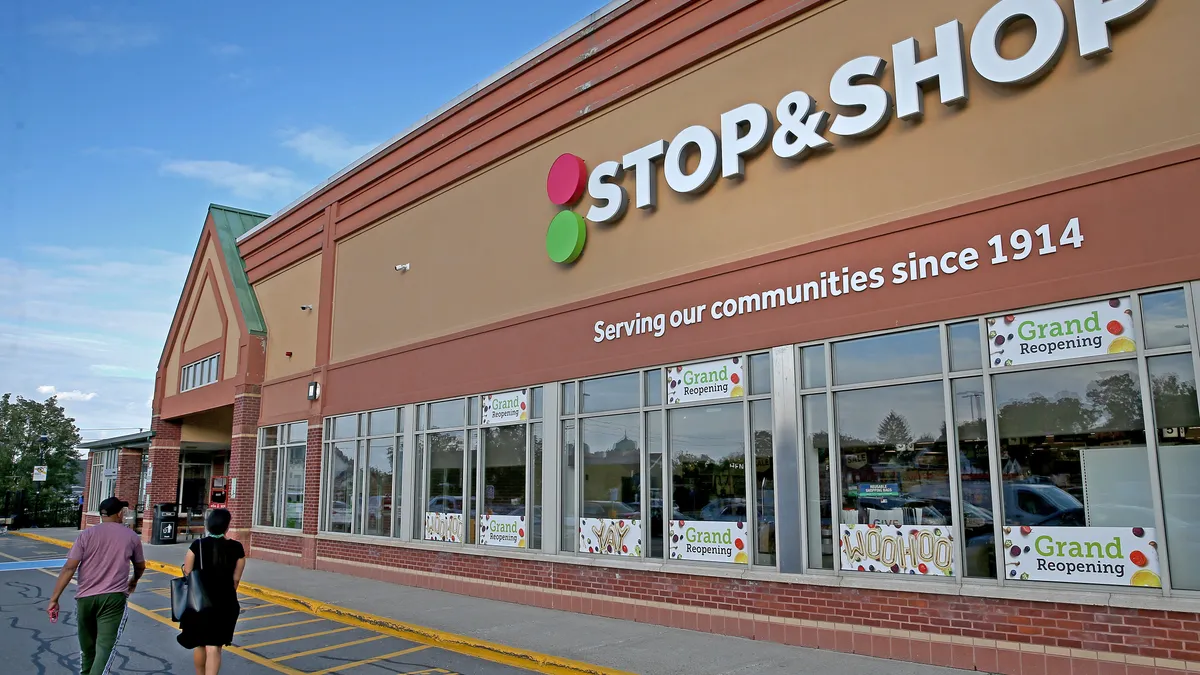Dive Brief:
- As pricing battles become more intense amidst heated competition and deflation, retailers need to focus on pricing that is localized, centered on popular product attributes and that leverages automation where possible, according to an analysis by Brick Meets Click and Engage3.
- The report noted that retailers should be able to change prices quickly and continuously at the local level, and that stores should target attributes like natural, organic, non-GMO and others that resonate with customers.
- Retailers should also use pricing technology that handles most of the data and process management, and allows them to focus on overall strategy.
Dive Insight:
According to a recent survey conducted by consulting firms Bain & Company and ROI Consultancy Services, good value and low prices are the first and third most important attributes shoppers look at when selecting a supermarket.
Clearly, a lot of consumers are closely scrutinizing those price tags. And in a competitive industry that’s increasingly migrating online, it’s easier than ever for them to comparison shop. Overprice a coveted product, even by a little bit, and retailers risk losing customers to the competition.
Despite this, many grocers still rely on national lists and rigid pricing formulas that may not reflect demand on a local level. That’s why, as the analysis by Brick Meets Click and Engage3 notes, it’s important for retailers to be nimble with their pricing and localize their efforts. Retailers need to cut through the red tape and empower local managers to set pricing initiatives, monitor competitors and change prices quickly. At the same time, the report recommends simply asking customers what items they comparison shop across stores.
The report also notes the importance of moving beyond product comparisons and offering price promotions according popular attributes. This puts the focus on popular claims like natural, organic and non-GMO, as well as narrower ones like “sustainably caught” seafood or “cage-free” eggs that could really resonate depending on the customer base.
Retailers should also think about price promoting products that tend to bring customers into stores, and that connect with lots of other products. Fresh chicken breasts, for example, connect to 133 different products like seasonings, vegetables and nonfood items like kitchen utensils, according to Nielsen Fresh. Offering price discount on baby items, meanwhile, might spur higher sales of prepared foods for time-pressed parents. Discounting premium coffee and craft beer could bring in more millennial consumers with disposable income.
At the very least, researching and instituting a more engaged, localized pricing strategy will help grocers get to know their customers better — knowledge that could better position them to outpace the competition.










